Identifying bakelite: The gem of Plastic Vintage Jewelry. It isn’t hard although it takes a bit of learning. We’re here to help with that. Anyone who likes vintage jewelry knows the allure of Bakelite. There’s just something special about it, the colors, designs, feel, and that sound. That wonderful clunky sound.
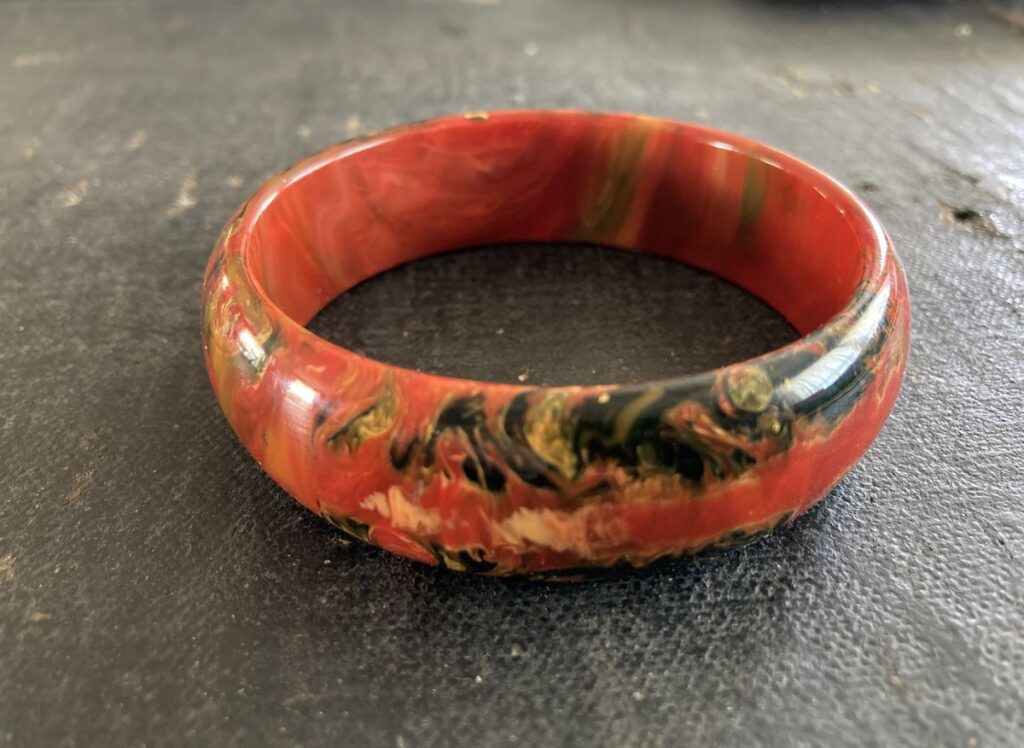
Bakelite or its cousin, Catalin, was used for lots more than jewelry. It was originally created for use in the industrial world. Think electrical insulators, distributor caps on cars, radio parts, telephones, etc. Which brings us to that eternal vintage jewelry lover’s question: how do you tell if it’s Bakelite, “fakelite”, or something else altogether?
How to identify and test Bakelite:
There are a few simple tests that can answer your question. Identifying bakelite can be easy if you know what to look for. The first quick thing to look for: Bakelite will never have mold or form markings on it. If you feel a line running around the center of a bangle, it is not Bakelite.
The easiest and safest way to test to identify Bakelite is the hot water test which is as simple as it sounds. Just place your item in hot water (not boiling) for about 15 seconds. Now smell it. If it’s true Bakelite it should have a somewhat sweet old chemical smell to it similar to formaldehyde. Many types of plastic and resin have distinct smells. So this one is going to be a bit of a learning curve. Once you know that distinctive smell, you will never forget it.
Another way of identifying Bakelite is with Simichrome polish which is a pink polish made for cleaning metals. It is a bit pricey but will last for a very long time. It can be purchased online and it works well as a way to test most Bakelite. To test for authentic Bakelite with Simichrome, take a cotton swab or clean rag and dab a bit of polish on it. Rub your piece for a few seconds and take a look at your swab or rag. Is the area yellow? If so, it’s Bakelite. There are some Bakelite items that will not test positive with Simichrome Polish. These include newly polished or made items that do not have an aged patina, items that have been overdyed, and some black or red Bakelite items.
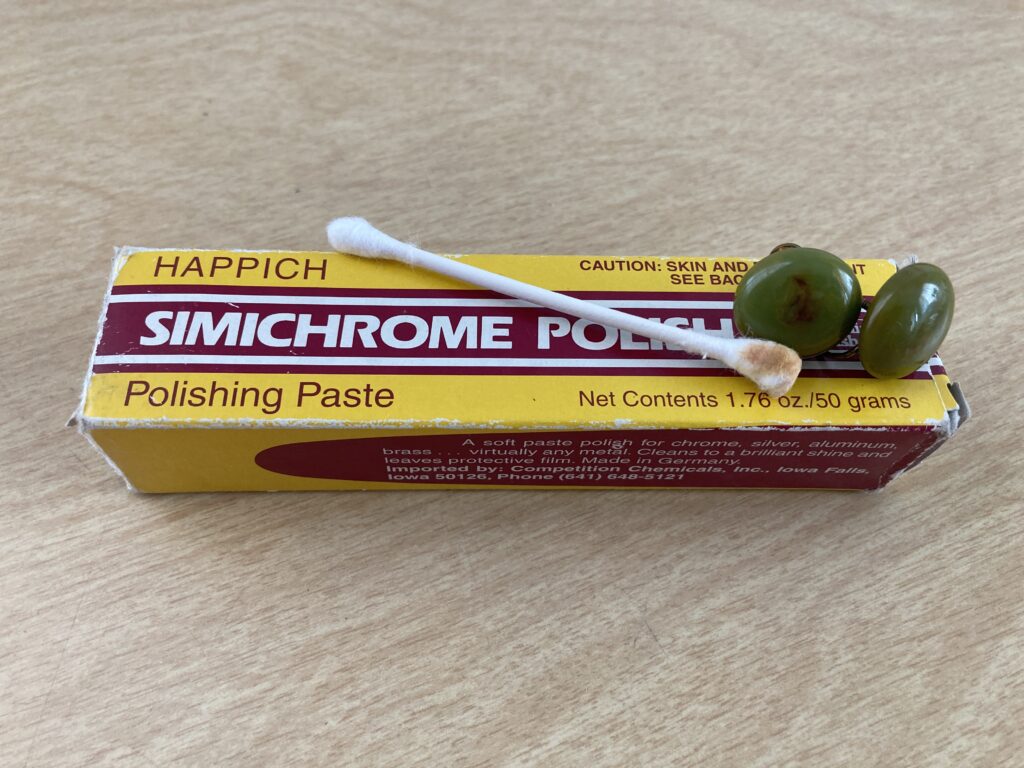
I have also read about and heard that the Original Formula 409 spray cleaner works similarly to Simichrome polish. As I have not personally tried it, it’s not something I can vouch for. There are online sellers who sell Bakelite testing pads that you can purchase and carry with you to test items before you purchase. You can do a Google search for “Bakelite testing pads” to find out where to buy them.
Not Bakelite, now what?
A quick word about “fakelite”: There are many unscrupulous sellers out there passing off newly manufactured items that resemble Bakelite but are not. Buyer beware. If it seems too good to be true, it probably is. However, there are many fabulous new items made to look like vintage bakelite. If a seller is honest about what they are selling, I find no reason not to enjoy these new products.
Just because your item isn’t Bakelite doesn’t mean it isn’t vintage or a worthwhile purchase. There are many forms of vintage plastics and resins that were used to create fabulous pieces of jewelry, purses, household items, and more. Learn more in my follow-up post that covers the other vintage plastics.
New Old Stock
Another note regarding Bakelite. There are a number of wonderfully talented artists using old Bakelite stock to create new items. Some involve intricate carvings, overdyes, and laminates or inserts that were never seen in the past. These true artisans create both new and old designs of such high quality, they are well worth the price and will retain their value over time. Some great examples of artisan Bakelite pieces made from old stock include Brad Elfrink of Elvenkrafte Studios and Jorge Caicedo Montes De Oca of The Art of Bakelite.
Looking for some Bakelite to call your own?
Want to know more?
Here’s an in-depth article titled “Is it Bakelite?” from Real or Repro, an informative resource offered by RubyLane.
For more info on vintage jewelry check out our guide to jewelry marks in layman’s terms.

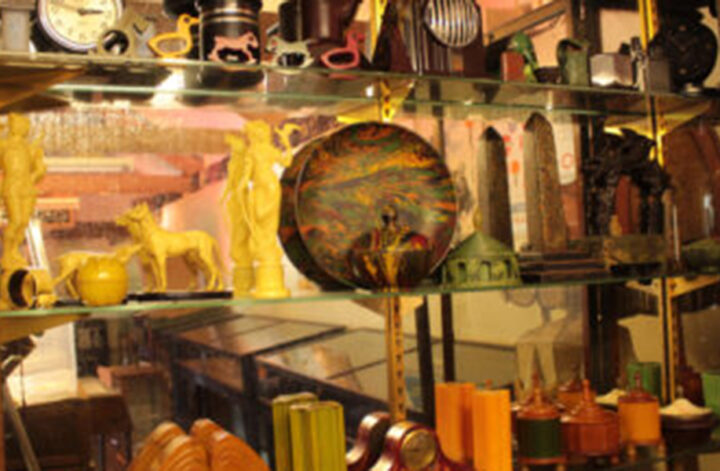


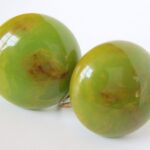

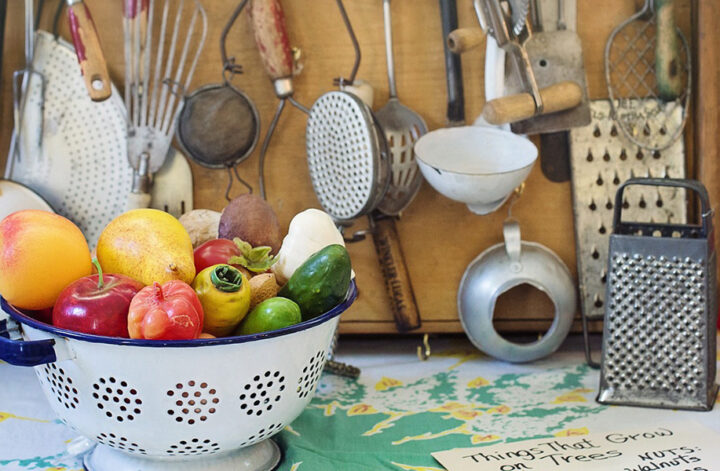
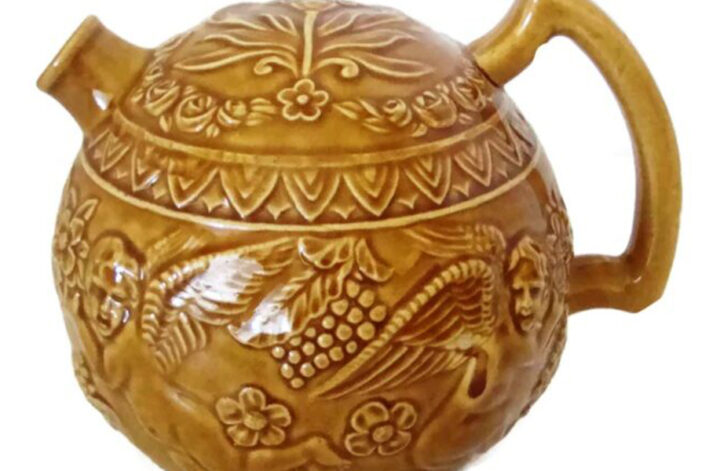

9 comments
Great article! I use the 409 method. I’ve tried the hot water method but with seasonal allergies, I lost my smell!
Thank you Anita! There is something magical about Bakelite.
I use LA’s Totally Awesome Cleaner (from the Dollar Store). As you mentioned, this method and the 409 method don’t always register a true result. I’ll have to try the hot water method. And thanks for the reminder about the seam.
IN your first two pictures at the top, are these different bracelets?
Love learning about how to test for it. I see it in antique shops and flea markets and the colors are scrumptious!
Hi Mary Ellen,
The first two pictures are of the same bracelet before and after being professionally polished. Amazing difference isn’t it!
I’m curious about the pronunciation. I’ve heard bake-light
and
bay-ke-light
Are either used?
Hi David, I’ve heard both pronunciations as well. It may simply depend upon where you are and local norms.
I have a Bakelite bangled bracelet that I bought from a flea market about 20 yrs ago. I bought it from a pakistanin man. The bracelet is vintage and from Pakistan. Its gorgeous I paid 1.00 for it, I don’t think he new what he had. I’m not sure. It has silver thread running through it and wrapped around it. It has 7 silver rosettes around it and the enclosure part has 2 looks like silver elephant heads facing each other nose to nose. The workman ship is amazing. How can I find what its worth is?
Hi Valerie, your best bet would be to take it to a local expert. Perhaps you have an antique store nearby that may know someone. Keep in mind that values go up and down and are based upon what someone else will pay. If you are looking for insurance value, that is different from the selling price. You may want to contact an appraiser in that case. Hope this helps.